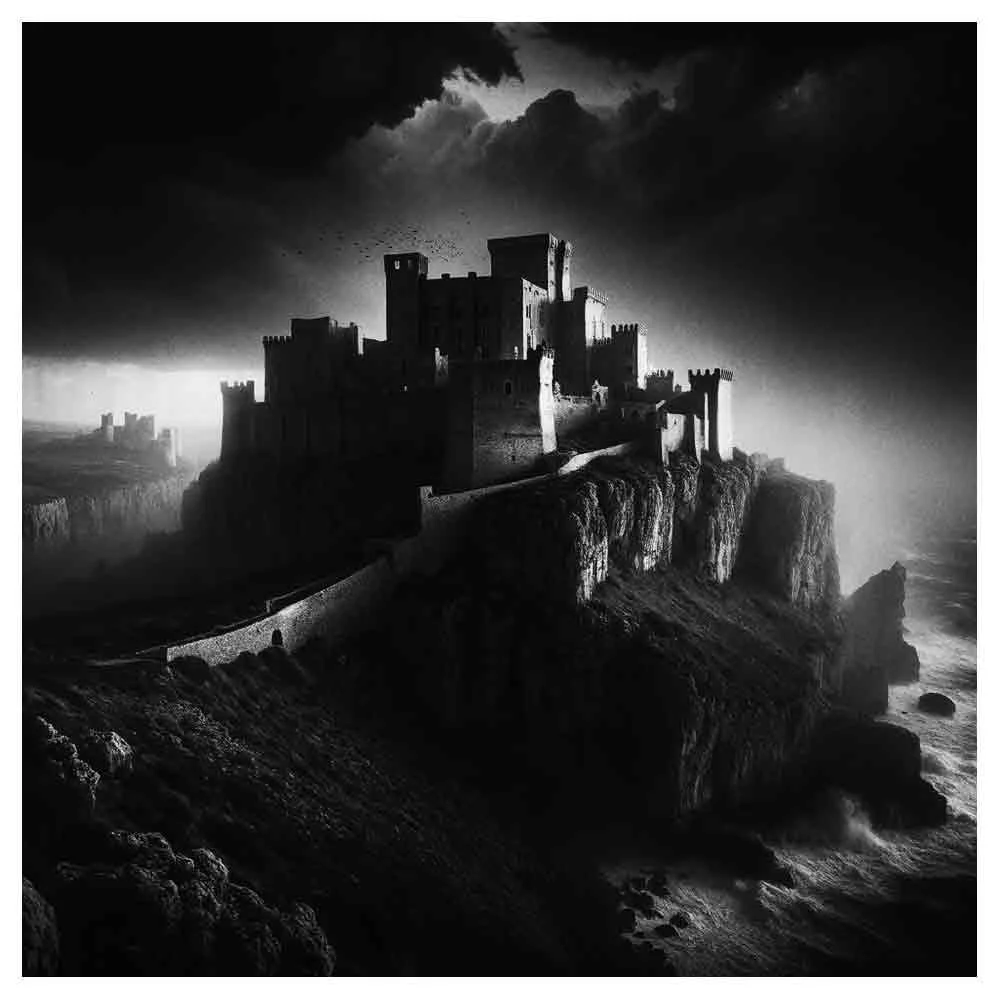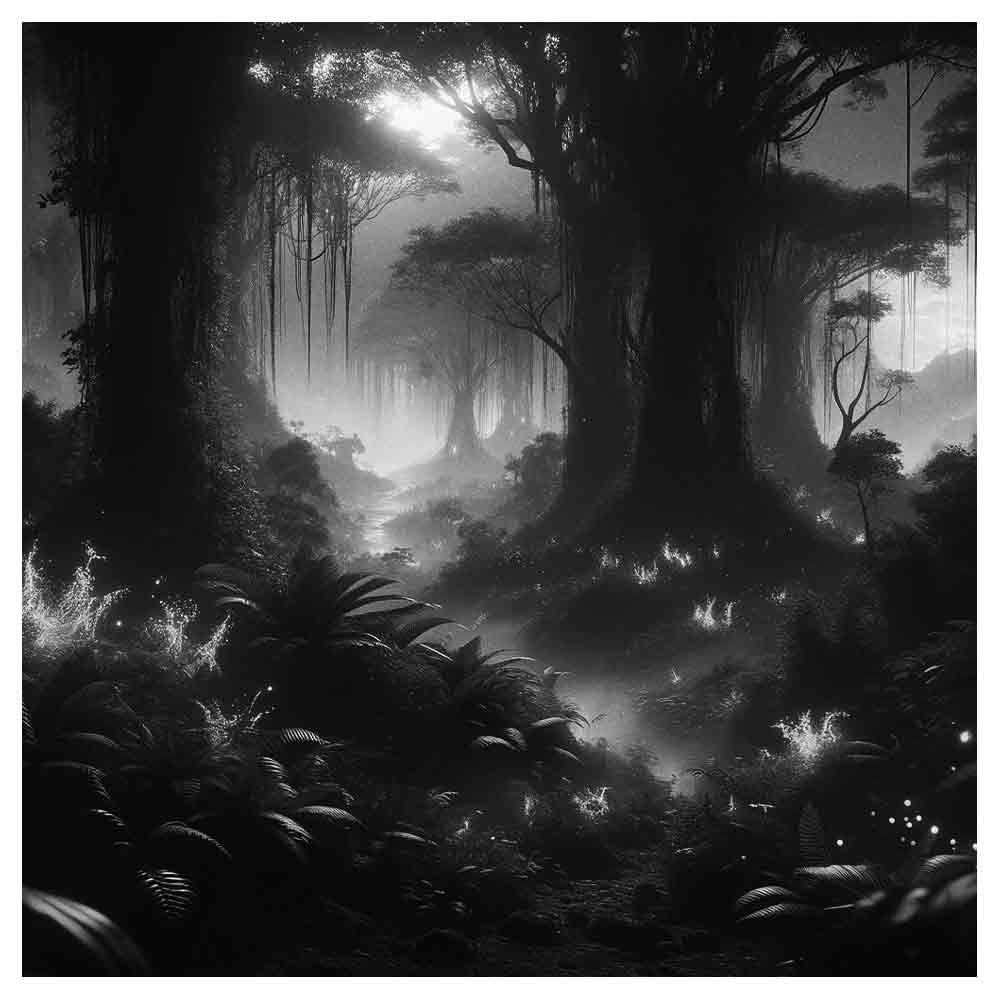What is The Plot of a Story?
Picture this: A young woman leaves her small town and embarks on a journey filled with diverse characters, challenging events, and twists that defy expectations.
She faces adversity, learns vital lessons, and returns home as a changed person. If this isn't a compelling story, what is? It's the plot of a story, the backbone of any narrative, the threads that weave together a complete narrative.
If this has sparked your interest, read on as we dive deeper into what a plot is, how it forms the story structure, the essential elements involved, and why it's such a crucial part of creative writing.
The Plot – A Story's Soul
According to Aristotle's Poetics, the plot is the "first principle," the "soul" of a tragedy. However, we aren't talking about Greek tragedies here, but stories in general. So, what's the plot definition in a broader sense?
In the most basic terms, the plot is the sequence of events in a story, and it's the road that takes the reader from the beginning to the end of the narrative. The plot structure describes how these events unfold and intertwine to create a cohesive and engaging narrative.
The Anatomy of Plot Structure And Plot Points
Most stories, be it a novel, a short story, or even a movie, adhere to a familiar plot structure. This structure comprises five key elements:
Exposition: The story begins by setting the stage. It introduces the main character (or characters) and the initial situation.
Rising Action: The story unfolds further as the main characters encounter conflicts that create tension.
Climax: This is the turning point of the story. It's the most intense moment when the central conflict reaches its peak.
Falling Action: Post-climax, the tension starts to ease, leading to the resolution.
Resolution: The story ends, often tying up loose ends and offering a sense of closure.
These five elements form the main plot and construct a good story.
Exposition – The Dawn of the Story Plot
The story begins. We are introduced to a new world. The main characters appear first, and the main story's conflict is hinted at. This phase of the plot is designed to stir the reader's interest.
Rising Action – A Symphony of Conflicts
As the story unfolds, the main characters face their conflicts, both internal and external. These challenges create tension and drive the plot points, leading to the climax. This phase is crucial as it keeps the readers hooked, with the rising action often forming the most significant part of the story.
Climax – The Point of No Return
The climax is the turning point, where the main character confronts the main conflict head-on. It's an essential element of the plot structure and often changes the course of the story or the characters involved.
Falling Action – The Beginning of The End
The falling action begins after the climax. The story's characters start dealing with the aftermath of the climax. This stage paves the way for the resolution of the story.
Resolution – Tying up Loose Ends
The resolution is the stage where the story ends. It's where the conflicts are resolved, loose ends are tied up, and the characters usually find some new life or understanding. This doesn't necessarily mean a happy ending. It simply means the end of the narrative thread introduced in the story.
Story Examples: Harry Potter, Star Wars, and More
Plot structures and elements are easier to understand with story examples. Let's take a few from famous novels and movies:
Harry Potter series: The Sorcerer's Stone, the first book, begins with Harry's introduction and his invitation to Hogwarts (Exposition). Harry then faces various challenges and learns about his magical heritage (Rising Action), culminating in his confrontation with Voldemort (Climax). The aftermath of this battle forms the Falling Action, leading to Harry returning to his muggle world but with new knowledge and anticipation for his future adventures (Resolution).
Star Wars: In "A New Hope," Luke Skywalker is introduced to living a dull life on Tatooine (Exposition). His life changes when he meets Obi-Wan and decides to join the Rebellion (Rising Action), leading to the epic Death Star battle (Climax). The awards ceremony at the end forms the Falling Action and Resolution.
Great Expectations: In Charles Dickens's novel, Pip's life as a poor orphan is introduced (Exposition). He then encounters a series of challenges after a mysterious benefactor allows him to live a life of wealth in London (Rising Action). His discovery of his benefactor's identity forms the climax, followed by the repercussions of this revelation (Falling Action), culminating in Pip leading a modest life and learning valuable lessons (Resolution).
Similar plot structures are noticeable in most stories, including the "Hunger Games" and "A Christmas Carol," similar plot structures are noticeable. However, many plots also twist and redefine these stages, providing a fresh spin on the narrative.
The Importance of A Strong Plot Structure
Why does a story need a plot? Because a plot is what gives a story its shape and direction. It's the backbone of the narrative, guiding the characters' actions and motivations.
A compelling plot can evoke emotions, create tension, and hold a reader's interest from beginning to end. Whether it's one character's journey or the interweaving lives of many, the plot keeps the entire story together.
Crafting Your Own Story Structure
When you start writing, remember that you're not just creating a series of events but a complete journey.
Every part of the story's plot should serve a purpose, from the initial situation to the climax and the resolution. Remember, your main character is the driver of the story, and their actions and reactions form the main plot points.
Also, remember the importance of supporting characters and their story arcs. They bring diversity and depth to your main story and can provide subplots that enrich the main plot.
Aristotle was right when he placed the plot at the core of a good narrative. Crafting a strong plot might seem daunting at first, but with a solid understanding of plot structure and elements, and a dash of creativity, you can weave a story that captures readers' hearts.
Whether it's a tale of a young woman finding herself, a hero's journey against the forces of evil, or the internal conflicts of an anti-hero, the magic lies in how the story unfolds – in the plot.
Frequently Asked Questions About the Plot of a Story
Here are some common questions asked regarding the plot of a story:
What are the five elements of a plot?
The five main elements of a plot are:
The exposition (introduction).
Rising action (building of conflict).
Climax (turning point).
Falling action (aftermath of climax).
Resolution (conclusion).
How do you identify the plot of a story?
To identify the plot, focus on the sequence of events and how they contribute to the conflict and resolution in the story.
The actions, decisions, and consequences experienced by the main character(s) typically shape the plot.
Can a story have more than one plot?
Yes, a story can have more than one plot. The main plot, or primary storyline, focuses on the main character's conflict.
However, there can also be one or more subplots or secondary storylines that support and enrich the main plot.
How does the plot contribute to a story?
The plot shapes the story by providing a structured sequence of events. It drives the narrative, fuels the characters' actions and motivations, creates tension and suspense, and ultimately leads to a resolution that gives the story a sense of closure.
What's the difference between plot and story?
The term 'story' refers to a series of events, while 'plot' involves how those events are structured and presented to create a narrative. The plot is the planned sequence of events and the overall structure that shapes the story.
Can a story exist without a plot?
A story without a plot would lack direction and structure, and it is a series of disconnected events with no cause-and-effect relationship and no clear narrative arc.
While some experimental literature lacks a traditional plot, there is typically some form of underlying structure or thematic unity.
Why is it important to understand the plot of a story?
Understanding the plot allows readers to grasp the structure and flow of the story, anticipate what might happen next, and better comprehend the characters' motivations and actions.
For writers, understanding the plot is essential for crafting compelling narratives that engage readers from beginning to end.
How do you write a strong plot?
A strong plot often starts with a solid understanding of your characters and what they want or need. Creating compelling conflicts that challenge your characters and drive the story forward is essential.
Additionally, a strong plot usually maintains a consistent pace, builds tension towards a climax, and resolves satisfactorily for a satisfying reader experience.
What is a plot twist?
A plot twist is an unexpected development in a story's plot. A sudden, surprising event or revelation changes the reader's understanding of the preceding events.
Plot twists can make a story more exciting and engaging by challenging readers' expectations.
What is a plot in simple terms?
In simple terms, a plot is the sequence of events in a story. It includes the problems or conflicts that the main character faces and how they overcome them.
Think of it as the characters' journey from the beginning to the end of the story.
How do you find the plot of a story?
Finding the plot of a story involves identifying the key events that make up the narrative arc. Start by pinpointing the story's beginning, or the exposition, where the characters and setting are introduced.
Then, identify the rising action, where the conflict is introduced, and tension builds. The climax is the story's turning point, followed by the falling action, where the tension starts to resolve.
Finally, locate the resolution or the story's ending.
What is the structure of a plot?
The structure of a plot typically follows a pattern known as Freytag's Pyramid, which consists of five key stages: Exposition (introduction of characters and setting), Rising Action (events leading up to the central conflict), Climax (the turning point or the peak of the conflict), Falling Action (events following the climax leading to the resolution), and Resolution (the conclusion or wrapping up of the story).
What is the climax in a plot?
The climax in a plot is the story's turning point, where the main character faces a major conflict or challenge. It is the moment of highest tension or drama in the story. After the climax, the story starts to wind down towards a resolution.
How to begin a story?
To begin a story, introduce your main character(s), the setting, and the situation they find themselves in.
This stage, known as the exposition, sets the stage for the rest of the plot to unfold. Try to hook your readers from the beginning by making the opening interesting, intriguing, or emotionally engaging.
What is conflict in the plot?
Conflict in a plot is the challenge or problem the main character(s) must face and eventually overcome. It drives the story forward and fuels the plot's progression.
Conflict can take many forms, such as a struggle against another character, society, nature, or even the character's internal conflicts. It's introduced in the rising action and typically peaks at the climax.






























